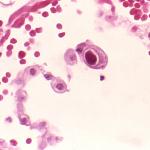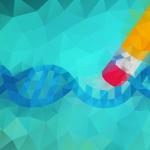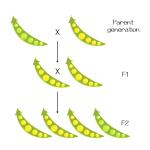Our conversation starts with Britain's King Charles and his past antagonism toward molecular genetic engineering.
CRISPR-Cas9
Several years ago, a brand new method of genetic engineering called CRISPR was invented, and it was based on discoveries made about the rudimentary "immune system" possessed by bacteria.
Genetically modified organisms may soon be walking among us. But don’t worry—it won’t be due to some horrible tomato-based experiment gone awry.
You may have recently seen any of the following headlines saturating the airwaves over a scientist in China defying global ethical and procedural norms by going rogue and utilizing CRISPR technology in real world human experimentation:
When people start to use a newly developed scientific technique it is put through the ringer. That is the nature of science.
It is rare that a scientist discovers a completely novel technique or method. When it happens, and that technique is useful, it is revolutionary.
Don't be fooled by the rocks that she's got - Jennifer Lopez is just your average, everyday molecular biologist.
If you haven’t already heard of CRISPR-Cas9, you most definitely will soon.









